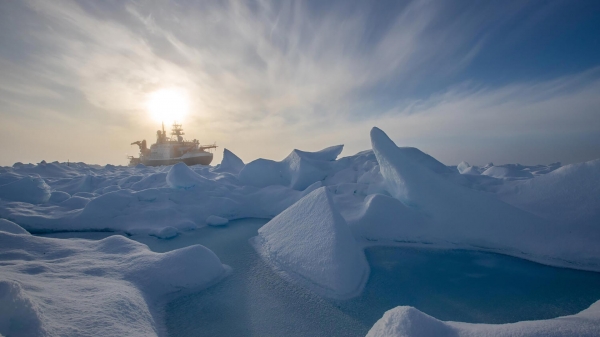While climate change is taking effect everywhere on Earth, the Arctic Circle is feeling those effects most of all, in the form of glacial melt, permafrost thaw and sea ice decline.
Key players in climate change include the clouds that cover the Earth’s surface and the microscopic, airborne aerosols called ice nucleating particles that seed the formation of ice in those clouds. This dance of ice nucleation, cloud cover and heat all have major roles in climate. But those all-important ice-creating aerosols, which can be mineral dust, microbes or sea spray, have scarcely been studied in the Arctic – where they need to be studied most of all – because little is known about their effects there, and not many scientists venture that far north.
Colorado State University scientists did, though. In 2019, an intrepid team including atmospheric research scientist Jessie Creamean boarded a ship, sailed north, gathered thousands of air, seawater, sea ice, snow and meltwater samples, and brought home the physical evidence needed to determine exactly how ice nucleation and clouds over the Arctic Ocean ebb and flow over time.
Read more at: Colorado State University
Photo credit: Lianna Nixon


